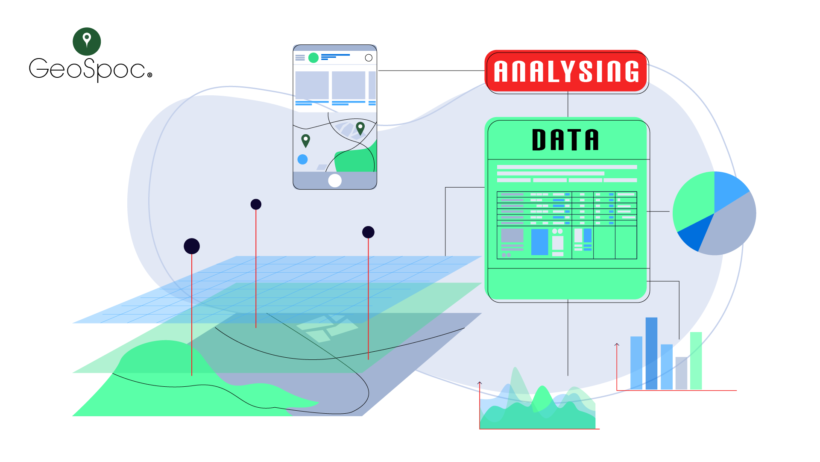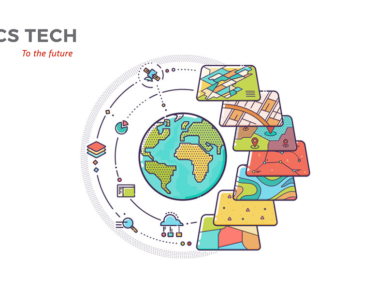The science of where things are is changing how we interact with the physical world. Geospatial science is changing how we think, and how we react. It allows us to look at the physical world as a comprehensive framework that integrates organizations and everyday life into it. Supply chains, being notoriously difficult to manage, especially in varied geography like India’s. The power of GIS lies in its ability to convert this accurate qualitative geospatial analysis into easy-to-use and easy to comprehend visual solutions. A virtual geospatial nexus.
Hundreds of organizations around the world are using GIS to make maps to solve complex problems, this is changing how the world works. GIS helps to illuminate issues that are driven by geography. One of the best examples is that we have used GIS intelligence to analyze post-monsoon droughts for better agricultural output.
Geospatial intelligence enabling Supply Chains
One unique project is the digitization of an entire dairy supply chain via IoT we have been working on a project that uses GIS functionality tools throughout the entire supply chain from farm to fork.
This project works in three stages, cattle monitoring, product procurement, and cold chain management. The cattle are monitored with a wearable pedometer, that relays location data, along with temperature and resting behavior. This helps monitor sleep patterns and disorders, keeping a check on the health and productivity of the animals.
In the next stage of the supply chain, the milk is procured by an automatic collection unit, enabled with IoT. This enables the detection of impurities and increased transparency, allowing for real-time tracking of quantity and quality, then facilitating automatic payments. And all of this can be done remotely. The last stage calls for cold chain monitoring.
Cold chain is notoriously hard to monitor and execute. SCS Tech is able to monitor the shelf life, collection, and transportation of milk via a web-based monitoring system. This system, when applied to milk coolers, silos or deep freezers allows real-time volume and temperature monitoring, alerts for equipment malfunction, and optimization of the power supply. This allows for remote monitoring and delivery of milk, assuring the quality and quantity throughout the supply chain.
A Geospatial Nexus
This geographic reality can be beamed onto organizations. And for many departments – emergency response, customer service, or government, the issues they are facing today can be resolved by bringing this information together in real-time. There is not too distant a future where we could visualize the relationship between cancers and pollution, to say, ‘we can quantify and relate these factors and as a result, respond’.

When SCS Tech was conceived, we built systems, first small, and focused on particular departments like engineering, marketing, or city planning. With focused projects, companies could make better decisions once they could identify all factors. From there we are moving on to transforming entire organizations, working our way towards building a geospatial nexus allowing organizations and society to be more conscious of the environment while making the most out of their operations.







